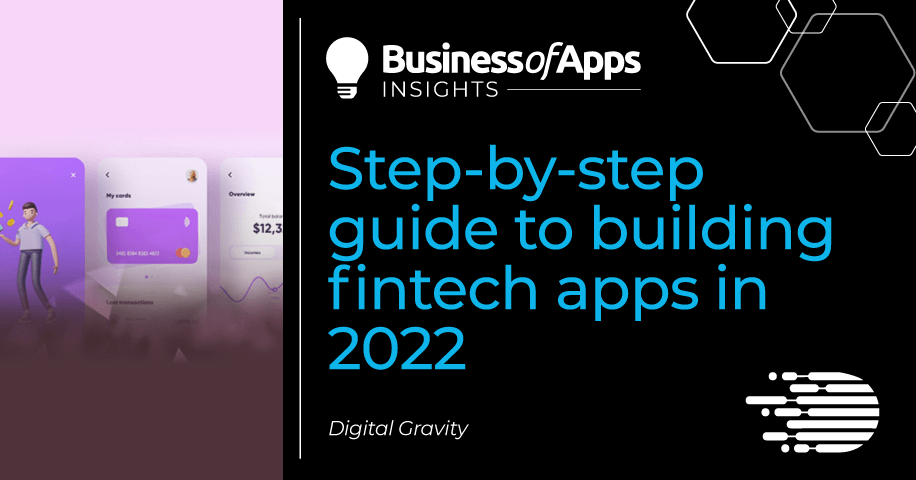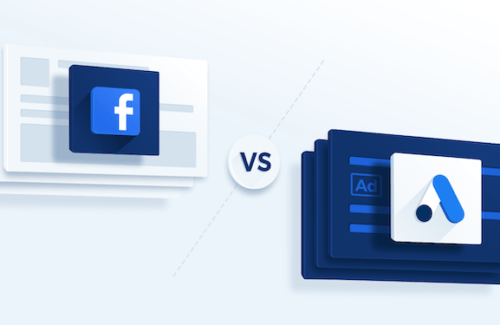When someone mentions the rapid increase in fintech app development, they usually attribute it to COVID-19 mania. But let’s not forget that fintech applications were there even before the pandemic.
It’s just that fintech applications got noticed by an unfamiliar audience when COVID-19 hit and people switched to online shopping and transaction methods.
According to exploding topics, today, there are approximately 30,000 fintech start-ups and the FinTech space is worth $179 billion.
It’s evident that the world’s leading economies are leveraging fintech applications – around 90% of Chinese citizens use fintech banking according to the same source cited above. In the coming years, this industry is only going to grow from here.
If you are an investor looking for potential investment opportunities, a well-designed, secure fintech application can make you a billionaire. Ordinary people need it, businesses need it, and that’s why fintech apps are the future.
In this article, we are going to walk you through the A-Z process of building a fintech mobile app.
Find the market gap and potential opportunities
Well, building a fintech app requires a hefty investment. It’ll take you months to either raise the capital or save money for this all-important investment. So it’s vital to head up in the right direction.
Your idea sets up the base of your success. If the idea isn’t viable, you are likely to waste all the money—no matter how good your app is. So how do you determine if your idea is worth pursuing or not?
You do niche research to identify the market gaps and create a fintech mobile application to fill a certain gap. It’s your choice whether you want to build a personal finance application, insurance application, trading application, or something along the same lines.
During this phase, you decide who’s your target audience, what their needs are, and how you can fulfill them. The goal should be to focus on complex solutions, generate new ideas, and improve the existing technology to make this investment worth the time, effort, and money invested!
Research about legal requirements
Before you hire dedicated mobile app developers for mobile app design and development, research the legal requirements. These requirements are likely to vary from country to country (even state to state in the USA).
Your app must comply with the privacy laws of the country such as GDPR, the ePrivacy Regulation, and CCPA. There was a time when fintech had no regulation, but not anymore.
Today, we have numerous fintech compliance practices including PCI DSS (Payment Card Industry Data Security Standard), AML compliance (anti-money laundering), KYC compliance (know your customer), and many more.
Make sure your app complies with the legal requirements, so there are no last moment changes required in it once it’s launched.
Hire a fintech app development company / Form a team
Once you are done with the research part and legal details, it’s time to get the ball rolling. Coding a mobile application isn’t fun, you need an expert team to take care of the tidbits and complexities involved.
You can either hire a mobile app development company to create your fintech application or form your own team to create it at your own pace. Whatever option sounds feasible to you, make sure you hire competent people to work on your app.
You’ll need experts in the following niches:
- UI designing
- Web developer (Node.js expert)
- Android developer (Java expert)
- iOS developer (Swift Language)
- Software testing
- DevOps engineering
Choose technology stack
Now comes the tricky part: choosing a technology stack for your app. The framework or programming language you choose will ultimately have an impact on your app’s performance.
The technology stack you are going to choose will vary depending on the type of app you are creating.
Primarily, there are three types of mobile applications:
- Native mobile applications
- Cross-platform mobile applications
- PWA mobile applications
In terms of performance, native apps are the best. They are fast, secure, and run seamlessly on the operations systems they are designed for.
Cross-platform apps are built on one codebase but they can run on any OS. Performance wise they are behind the native applications.
Progressive web applications are also built on the basis of a single code base and run on all OS, but they offer an entirely native experience.
So, do you want to create a native mobile application for iOS or Android users or a single app that runs on all OS? Decide and choose the technology stack accordingly.
Design UX/UI
When you are creating a digital product, whether it’s a mobile application or a website, user experience holds immense importance. It can make or break your online business.
According to a study by UX Planet, 80% of internet users are willing to pay extra for a good user experience.
The same goes for the fintech mobile application. In fact, in this case, the user experience needs to be extremely good as you’ll be competing against thousands of similar applications.
Here are some of the important characteristics of a winning UX/UI:
- Fast loading time
- High performance
- Extremely helpful customer support
- Quick adaptation to users’ needs
- Easy on the eyes
- Easy to navigate
Build APIs for the ore functionalities
Now that we have a UX/UI ready, it’s time to build the core functionalities of your app. These functionalities are bound to vary from app to app. For example, a mobile banking app will have much more diverse features compared to an app designed to take online bookings for a spa.
Some of the common core functionalities of a business app are bill tracking, accounts, payments, budgeting, social sharing, feedback, analytics, and customization options.
As a business owner, the scope of this work is beyond your comprehension. The back-end developers you hired will work on this part of your app. But, however, it’s your responsibility to ensure the app’s backend functionalities are working seamlessly and not affecting the performance of your app.
Add the most important features
To build a robust fitech application, you must concentrate on the pivotal features. If your app lacks advanced security and performance features, nobody would trust it.
Here are some crucial features to include in your app:
Security
Security should be your top priority as your app will be managing a lot of sensitive data. To strengthen app security, integrate two-factor authentication with voice, face, and fingerprint.
QR codes and scanning
Today, people access such applications on the go. Also, it feels a little insecure to type any confidential piece of code in your phone when the person beside is constantly peeking at your phone. So you should add the “scan” feature in the app that allows the customer to scan a QR and withdraw money.
Intelligent chatbots
Chatbots take the customer experience to a whole new level. People interacting with FinTech apps have a lot of queries regarding company policies. Chatbots give them immediate answers to all their queries and build credibility. Also, by deploying chatbots, you can save the money that you were going to spend on hiring human resources.
Launch
So, now you have your dream application ready. You are itching to get it live. But hold on, don’t rush things. The first impression is the last impression and you would want to make the most of it.
Before you launch your app, always launch a beta version to gather valuable feedback and insights on how you can further improve it. The final version of the app is officially launched when your app is found bug-free.
The best way to counter this issue is to hire fintech app development services that offer post-deployment support. This way, you won’t have to pay anything to solve the bugs found in your live app, and they will be resolved immediately.
Update your application
The fintech landscape is evolving fast. Every day something new comes out and the existing applications have to work on the same feature to stay neck and neck with their competitors.











